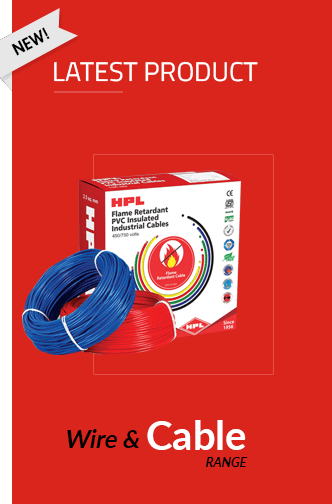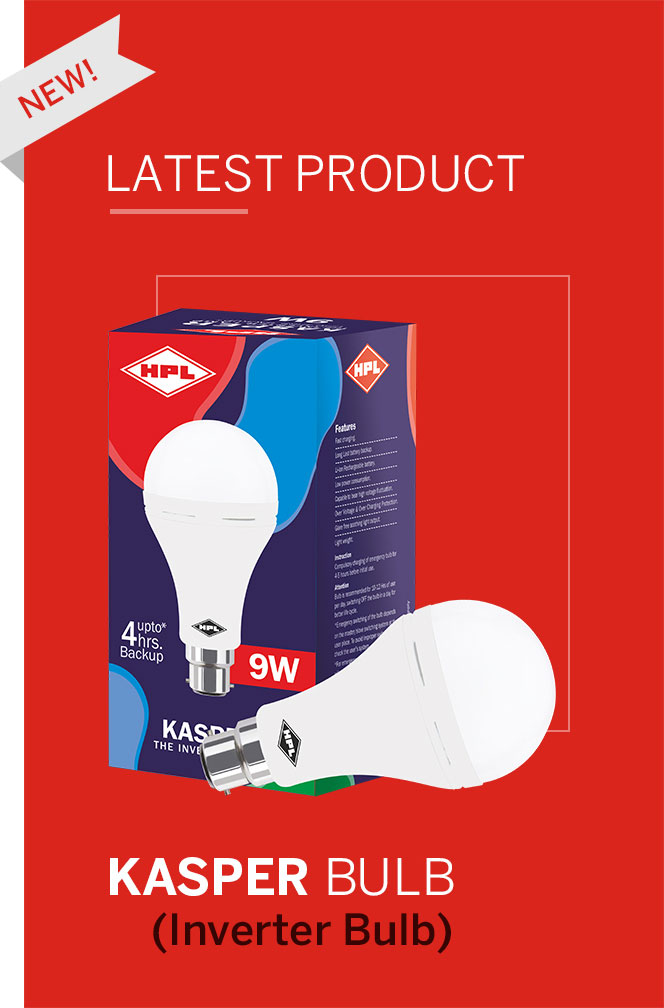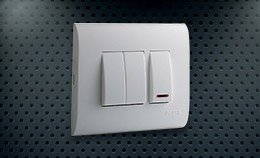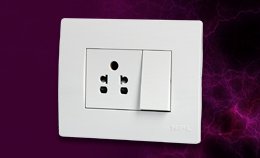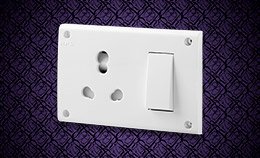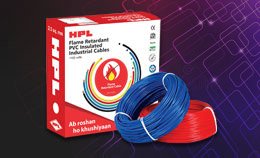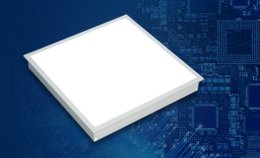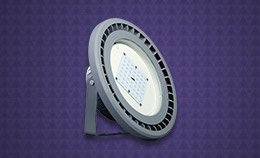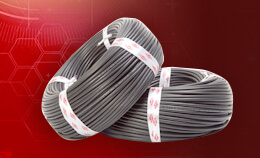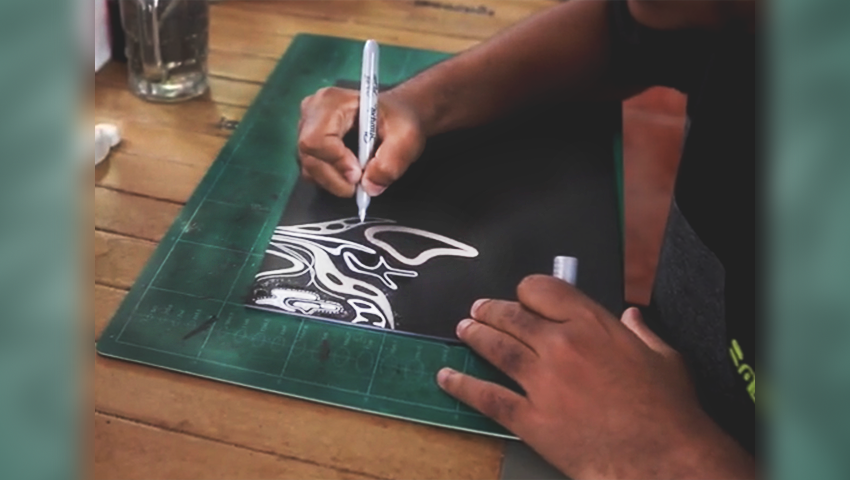Is it Paint or Liquid Electrical Wire?

When in 2009, four young artists created a conductive paint, the cosmetic industry regulations ditched their effort. But that did not stop them. They began focusing on using the paint as a paintable wire. The tech industry was quick to notice the future of this paint, and today it has become a most sought after invention. The thick black paint just needs to be put on a surface. Upon drying, the paint conducts electricity just like a regular wire circuit. The conductive paint has carbon, which allows the paint to dry and conduct electricity. Presently available in a tube, tub, and jar sizes, the paint can also be used over standard tools including brushers, pens and rollers. In addition, it is non-toxic and has been tested to work on different surfaces such as paper, cement, wood as well as on textiles. However, the conductive paint solves problems because it is water-soluble. That means, an accidental spill or a mistake can be redone and started over with. Even though the paint was rejected by the cosmetic industry, it hasn’t thwarted people to think of creative ways. People acknowledge the fact that the paint no longer focuses on human skin but have went ahead to create performances, canvases, and greetings cards. The paint’s unique human touch, its sheen gives a multi-dimensional feel to the final work. But the advantages don’t just stop here. The paint saves space, one of its biggest plus points. Whereas the older metal pathways consume a lot of space on circuit boards, the flat-painted conductive wire removes this hurdle. Not only can we create custom-designed circuits, the paint also will not get tangled. With these additional benefits, what we have with this paint is longevity, functionality, and simplicity. Currently the paint can handle low voltage applications and as long as this requirement is met, creativity reigns.



